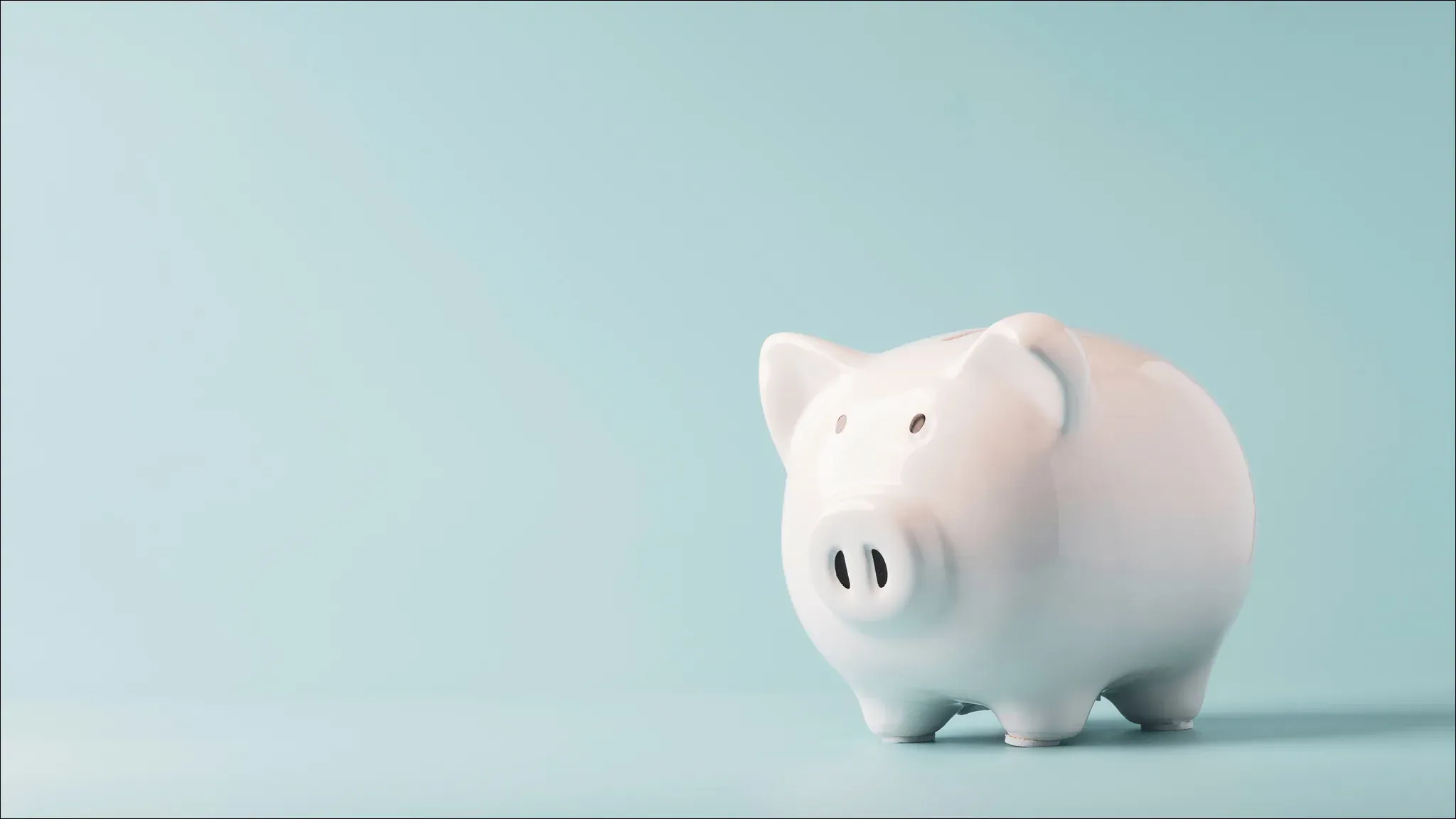How does business VAT work?

We have all heard of VAT. But what is it and how can it impact your business?
What is VAT?
Value added tax (VAT) is the form of consumption tax used by the government on most goods and services.
VAT is added and managed by businesses but paid for by the consumer. Your customer will pay the final price of the item including VAT. Depending on the type of business you own; you will be able to claim back VAT on expenses paid to other companies.
What are the VAT rates in the UK?
There are currently four categories that any item may fall into. These are Standard rate, Reduced rate, Zero rate and Exempt.
Standard rate has VAT of 20%. This includes most goods and services, from furniture to hot food.
Reduced rate at 5% includes a smaller list of goods and services such as home energy.
Zero rate 0%, largely taken up by most foods and child products.
Exempts are also 0% but the reporting standards are different for these goods or services. This is due to no VAT on these products, so no reporting is necessary.
For more information surrounding the categories and allocation of items check out gov.uk/vat-rates
What is the VAT registration threshold for businesses?
The threshold in the UK for VAT registration is £85,000. If your business has made more than £85,000 in the last 12 months, you will need to apply to register for a VAT number. If you expect your turnover to cross £85,000 in the next 30 days, you will also need to register. This limit applies to all types of business unless everything you sell is VAT exempt. In this case, you do not have to register. If your business earns over the threshold, you may be charged with a penalty.
You can setup a VAT number online, by post or through an agent. Online you can register through your government gateway account, which is located on gov.uk. When you register you will receive a certificate that confirms your VAT number.
What is Making Tax Digital (MTD)?
Making Tax Digital ensures your business keeps a copy of your income and expenses on compatible software. The software used to report must be compliant with Government specifications or you may risk penalties. This movement away from paper allows many benefits such as improved security and reducing avoidable errors.
How is VAT is charged on Imports and Exports?
Imported goods need to be reported to HMRC for VAT and any other duty charges. Imported goods are usually charged at the same rate as if they were supplied in the UK. Antiques, art and collectors’ items are subject to reduced rates on imports.
Exports have had a change in recent years due to Brexit. Exporting to Europe is now on a zero-rate, meaning no VAT is applied to the export. A key factor in reporting exports is keeping the right documentation. The government website specifies that keeping evidence for six years is necessary for your reports.
Penalties
HMRC take compliance surrounding VAT very seriously. VAT is a legal obligation and any failure to adhere to the rules and regulations can lead to fines and at worst a custodial sentence.
Penalties can occur when tax returns are submitted late and can cost you £200.
Additional penalties are categorised based on how late the payment is overdue. The later the payment the higher the fine.
Up to 15 days overdue: Obtain no penalty.
Over 15 but under 30: This will incur a fine of 2% of the total VAT payable on day 15.
31 days and more: This will receive a fine of 2% on day 15 and then an additional 2% on day 30.
At UTP we always give simple breakdowns to our customers. From the rental price of our card machines to restocking card machine rolls. Our receipts and monthly statements are clear to read and easy to understand.
Are you thinking about starting new business? For other useful tips, see our FAQs on starting a new business.

